Tokar Alekseyev (1931)
Género : Drama
Tiempo de ejecución : 0M
Director : Viktor Shestakov
Escritor : Ivan Pyryev
Sinopsis
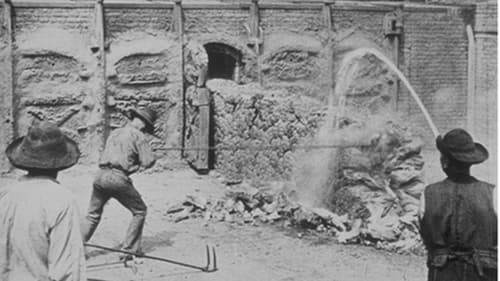
Carmaux is in south-central France, near the Tarn River. As a brick of coke, about four feet high and three feet wide, is gradually pushed out of a smelter into a yard, one worker sprays it with water from a hose while two workers with long metal rakes wait to spread it out. Other workers buzz in and out of the foreground of the stationary camera. Atop the first level of the brick smelter, workers push full carts of coal along a track.
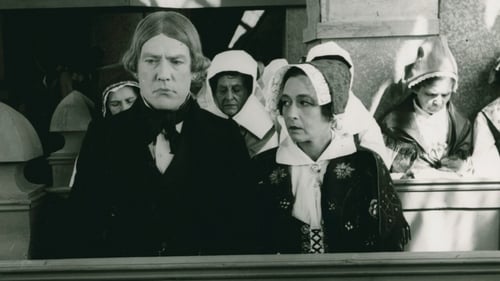
Part one of an ambitious screen adaptation of Selma Lagerlöf's book Jerusalem.

Our presidential hunter runs across the landscape and falls down in the snow, gets up with his rifle, and gazes upward at a treed animal which isn't in the camera's view. He fires a shot into the tree, then leaps on the ground to grab the fallen prey, a domestic cat, finishing it off with wild blows of his hunting knife while his companions, a photographer and a press agent, record the event that will be reported far and wide as a manly moment. Teddy then rides out of the forest followed by two companions afoot, never mind that they all originally arrived afoot. Perhaps it was funnier in its day than it is now, but apparently shooting cats was regarded as funny in those days. The larger point was to use a minor whimsy as a political criticism, in this case of Teddy Roosevelt's easy manipulations of the press. It was based on two frames of a political cartoon that had appeared in the paper a mere week before the film was made.

“This film is remarkable in several respects. In the first place, it is full life-size. Secondly, it is the only accurate recent portrait of the great inventor. The scene is an actual one, showing Mr. Edison in working dress engaged in an interesting chemical experiment in his great Laboratory. There is sufficient movement to lead the spectator through the several processes of mixing, pouring, testing, etc. as if he were side by side with the principal. The lights and shadows are vivid, and the apparatus and other accessories complete a startling picture that will appeal to every beholder.” (Edison Catalog)

A young girl and her father are kicked out of their house by a cruel noblewoman, and the girl's heart is broken when her sweetheart, the noblewoman's son, won't go to Paris with them. After becoming an opera star in Paris, the girl returns to her homeland and finds her romance with the nobleman rekindled.

In an effort to secure a promised inheritance, Onésime invents a time machine that speeds up activity on earth, hyper-animates men and machines, and telescopes the human life-cycle.

While Joel and his older ship's captain brother Mark are at sea, the latter is abandoned in Singapore by devious ship's mate Finch who, upon their return, convinces the townspeople that Joel abandoned his brother. Joel, determined to not only find Mark but to see justice done, returns the ship to Singapore.

A combination of the story of Goldlocks and the Three Bears with the true story of how Teddy Roosevelt spared a bear cub after killing its mother while hunting, an event which led to the popularization of the teddy bear. Goldilocks goes to sleep in the bears' home after watching six teddy bears dance and do acrobatics, viewing them through a knothole in the wall. When she is awoken by the returning bear family, they give chase through the woods, but she runs to the aid of the Old Rough Rider, who saves her.

George Veditz, one-time president of the National Association of the Deaf of the United States, outlines the right of deaf people to sign instead of speak. The film is presented in American Sign Language and has no sub- or intertitles.
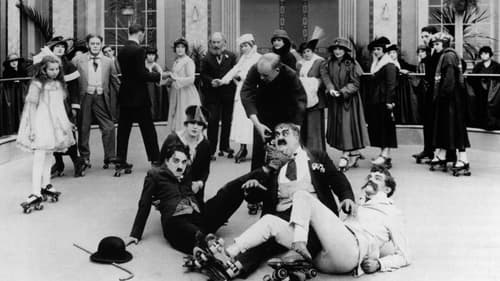
Charlot trabaja como camarero en un restaurante y sufre un percance con un cliente testarudo y gordinflón (Mr. Stout). Tras acabar su jornada se dirige hacia un local de patinaje donde casualmente se encuentra con Stout, y ambos competirán por la atención de una guapa joven que también ha ido a patinar.
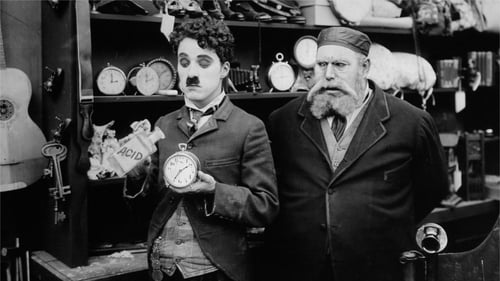
El ayudante de un prestamista trata con su jefe gruñón, su molesto compañero de trabajo y algunos clientes excéntricos mientras coquetea con la hija del prestamista, hasta que llega a la casa de empeño un pérfido ladrón con malas intenciones.
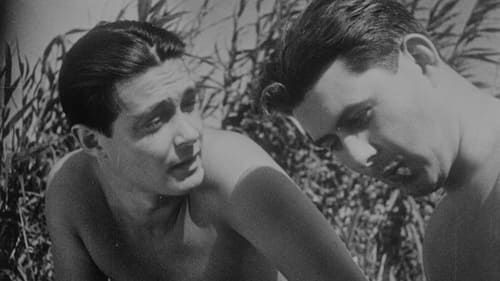
Película con espíritu documental que intenta retratar la vida cotidiana del Berlín de 1930. Para ello se utiliza una pequeña historia de ficción en la que dos hombres y dos mujeres pasan una jovial jornada de domingo en la ciudad.
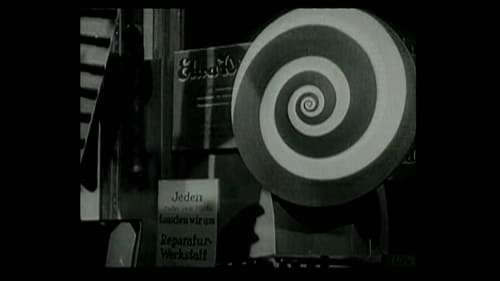
Inspirado en el documental soviético "Kino-Nedelia" (1918) de Dziga Vertov, Ruttmann realizó en 1927, contando con los mejores fotógrafos alemanes de la época, un documental basado en la vida, durante un día, de la ciudad de Berlín.
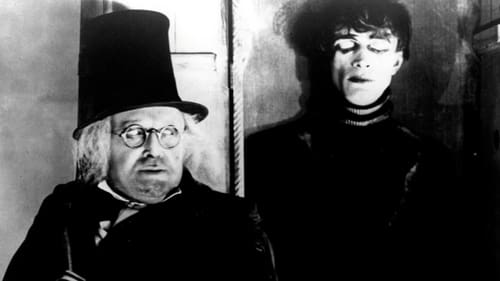
Sentado en un banco de un parque, Francis anima a su compañero Alan para que vayan a Holstenwall, una ciudad del norte de Alemania, a ver el espectáculo ambulante del doctor Caligari. Un empleado municipal que le niega al doctor el permiso para actuar, aparece asesinado al día siguiente. Francis y Alan acuden a ver al doctor Caligari y a Cesare, su ayudante sonámbulo, que le anuncia a Alan su porvenir: vivirá hasta el amanecer.
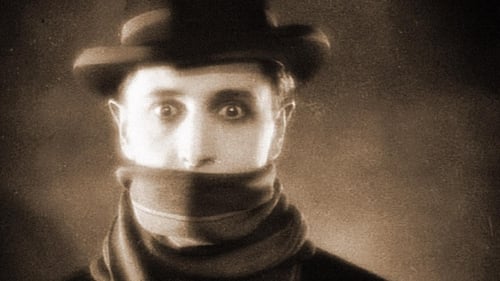
Londres. Un misterioso asesino en serie mata brutalmente a jóvenes mujeres rubias amparado por la niebla nocturna. Una neblinosa y siniestra noche, un joven que dice llamarse Jonathan Drew llega a la casa de huéspedes de los Bunting y alquila un cuarto.
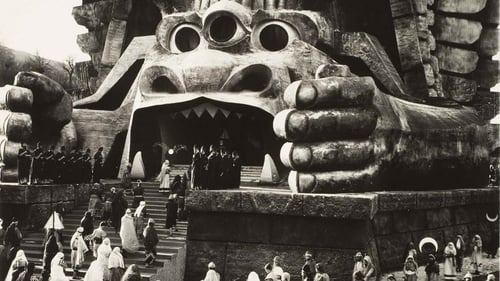
Durante las Guerras Púnicas, la pequeña Cabiria y su nodriza son raptadas durante la confusión causada por la erupción del Etna. Cabiria es vendida en Cartago para ser sacrificada en el templo de Moloch. Fulvio Axilla, un espía romano, y su esclavo Maciste la rescatan y queda al cuidado de la reina Sophonisba. Diez años después, después de la guerra y la caída de Cartago, Cabiria vuelve con Fulvio
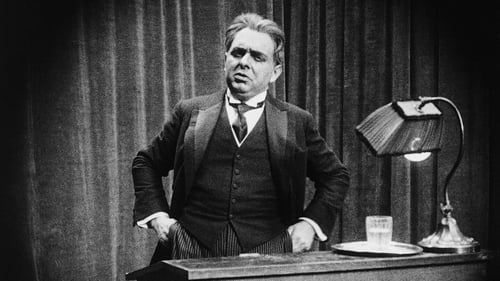
La primera versión cinematográfica del Dr. Mabuse consta de dos partes: “El gran jugador” y “El infierno”. El doctor Mabuse es un villano que no se siente atraído por los bienes materiales, sino por el placer que le proporciona jugar con el destino de los hombres.

En una megalópolis del año 2000, los obreros están condenados a vivir recluidos en un gueto subterráneo, donde se encuentra el corazón industrial de la ciudad. Sin embargo, incitados por un robot, se rebelan contra la clase dominante y amenazan con destruir la ciudad exterior. Freder (Gustav Frölich), el hijo del soberano de Metrópolis, y María, una muchacha de origen humilde, intentarán evitar la destrucción apelando a los sentimientos y al amor.
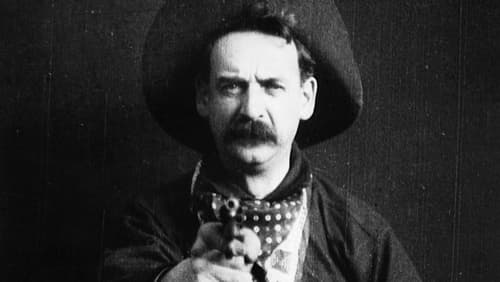
Narra el asalto a un tren por parte de unos bandidos. Escrita y dirigida por Edwin S. Porter, a quien se le atribuye en ocasiones la paternidad del cine de ficción, Porter trabajó en el estudio de Thomas Alva Edison, creando la que sería la primera película estadounidense importante. De 8 minutos de duración, "Asalto y robo de un tren" influyó de forma decisiva en el desarrollo del cine porque incluía innovaciones como el género escogido (western) y sobre todo el montaje de escenas filmadas en diferentes momentos y lugares para componer una unidad narrativa. Al hacer esto, Porter inició el montaje, uno de los fundamentos de la creación cinematográfica, proceso en el que diferentes fragmentos elegidos de las diversas tomas realizadas —o disponibles— se reúnen para conseguir un conjunto coherente.
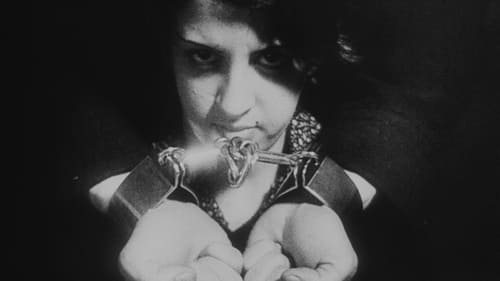
Una creación asombrosa, Limite es el único largometraje del director y autor brasileño Mário Peixoto, realizado cuando tenía solo 22 años. Inspirada en una inquietante fotografía de André Kertész en la portada de una revista francesa, esta obra maestra muda de vanguardia se centra en un hombre y dos mujeres perdidos en el mar, cuyo pasado se revela a través de flashbacks impulsados por la música de Erik Satie, Claude Debussy, Igor Stravinsky. , y otros. Limite, uno de los primeros trabajos del cine sudamericano independiente, fue famosamente difícil de ver durante la mayor parte del siglo XX. Es un logro pionero que continúa cautivando con su poesía visual atemporal.


















